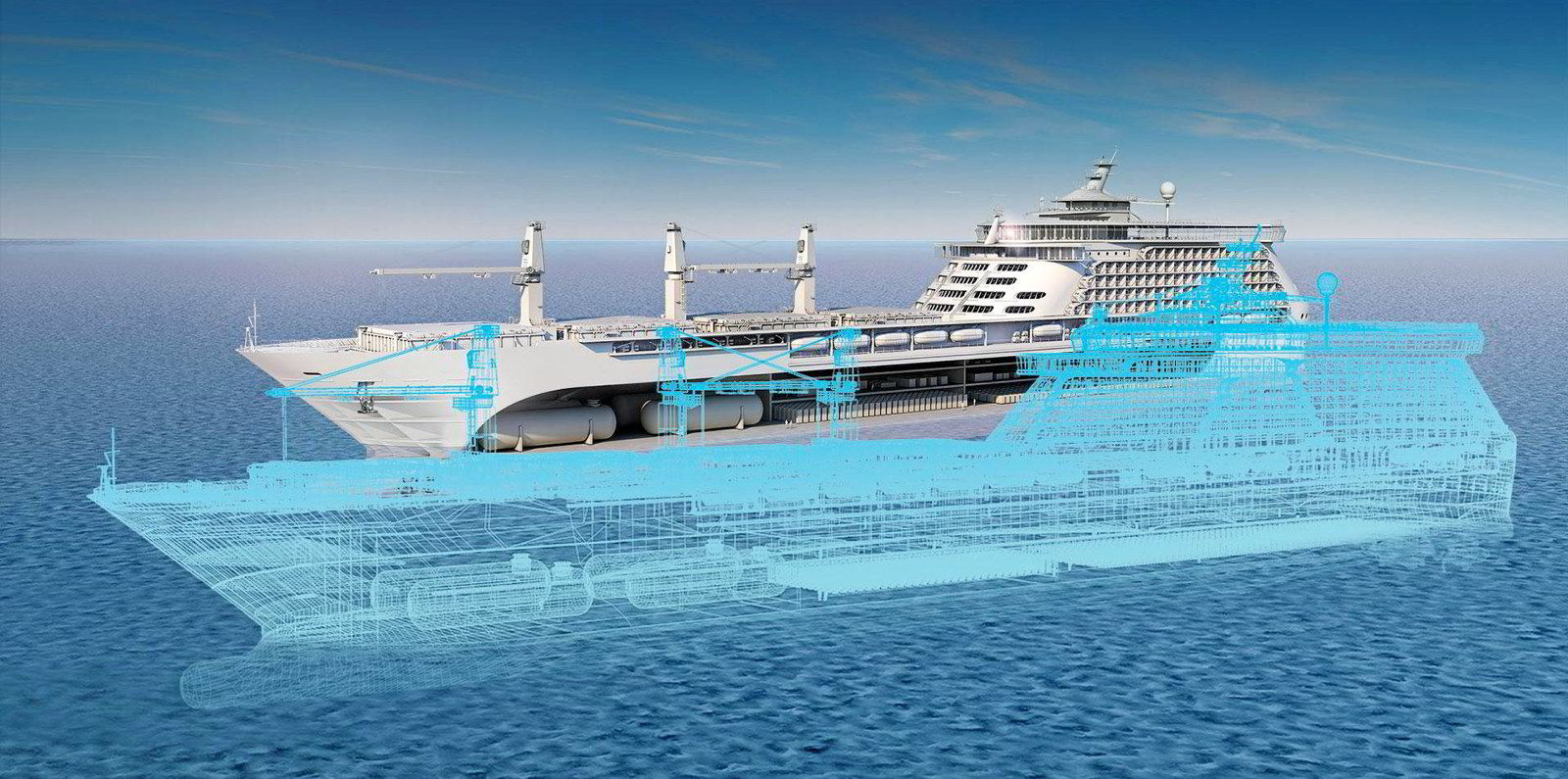Shipping always was fertile ground for smart number crunchers and data model builders.
But the introduction of the International Maritime Organization’s Carbon Intensity Indicator and Energy Efficiency Existing Ship Design Index lifts the game to a whole new level.
Analysts and programmers throughout the industry have been feverishly putting together software to help existing clients make sense of the changes to come and churning out commentaries. And hopefully also attract new customers.
“About 1½ years ago, charterers were the first who asked us to look with greater detail into emissions,” says Michael Epitropakis, technical product director at Signal Ocean, a shipping data platform that went live with a CII calculation product in October.
“We’ve been running time charter calculations based on [fuel] consumption scenarios for the last five years, From that point on, it wasn’t a super-complicated move to go from consumptions to emissions,” the Greek data scientist adds.
VesselsValue, another data provider, introduced its CII indicator in late September.
Rival Market Strategies International is in the game as well. Banks lending to shipowners have been a driving force in the company’s efforts to calculate Annual Efficiency Ratios for 21,000 ships, says director William Fray.
Individual shipping companies are also keen to buy such information, to benchmark it against their fleets.
The hard part is getting accurate and sufficient data — especially for smaller vessel classes that do not always follow standard voyage patterns — says Epitropakis, whose company invited classification society DNV to audit its process, model and metrics.
Number crunchers so far broadly agree with projections by the IMO of how CII ratings will be distributed across the global fleet.

The IMO expects about 30% of individual ships across any fleet segment to be assigned the middle-of-the road C rating at the beginning of the exercise.
Around 35% should get the top marks A or B and about as many again a D or even the critical E, the ratings that trigger corrective action.
Based on estimates of the global fleet’s performance in the first nine months of 2022, VesselsValue predicts about 40% of vessels will achieve A or B and 42% D and E, which leaves 18% with a C.
Eva Tzima, head of research at Athens-based Seaborne Shipbrokers, comes up with similar numbers.
“We understand that about 25% of the vessels will be assigned a CII C rating, around 40% an A and a B, and 35% a D and E,” she says.
The analysts, however, are quick to point out that such average figures are of limited practical significance.
The problems are twofold.
First, they hide wide variations within vessel types and size classes.
According to VesselsValue, the bulker fleet contains the highest proportion of vessels estimated to achieve the top three ratings A, B or C.
“The worst-performing sector is estimated to be the tanker fleet, of which only 31% of vessels achieve CII ratings of C or better,” it tells TW+. LPG carriers fare similarly.
Size matters as well. The CII formula generally benefits bigger vessels.

Signal Ocean has capesize bulkers achieving A or B 55% of the time, while 56% of handysizes and even 84% of handymaxes are expected to score D or E.
A similar gap appears in tankers, with VLCCs expected to score much better than MRs.
“Larger vessel classes mostly end up with higher ratings because of their efficiency,” Epitropakis explains.
The second problem is that such predictions are based on ship traffic data from the past, when few players were determining their voyages with CII ratings in mind. This will change radically from next year, when the new benchmarks enter into force.
“The distribution of A, B, C, D and E is going to be much more a commercial decision than a technical one,” says Mark Williams, managing director at consultancy Shipping Strategy. “The borders between the ratings are porous and it’s possible to move between one and another.”
VesselsValue expects engine power limitation to be the most obvious measure to comply with EEXI. For CII, it will be slow steaming and a shift in trade patterns to minimise congestion.
According to Epitropakis, the CII will penalise vessel repositioning: “Smaller vessels in particular will be forced to try and triangulate a bit better and reduce positioning.”

Fray says owners or charterers might seek CII-favourable voyages of long distances and short port times towards the end of the calendar year to improve the rating.
Others might decide to do such voyages earlier in the year, to take advantage of potentially higher earnings on less CII-favourable routes later.
The question is to what extent such practices will amount to gaming regulations or even produce perverse results.
Gibson Shipbrokers has been particularly outspoken in its criticism.
Non-eco ships, which would typically trade shorter voyages, will be more likely to engage in longer-haul voyages to attain the required CII, the London brokerage said in a report in early September.
“CII will distort trading patterns and could lead some vessels to emit more CO2 than they would have prior to the regulations in order to chase a rating,” Gibson concluded.
Owners unsure of their vessels’ CII “could reduce the number of vessels willing to bid for certain cargoes and reduce the number of discharge options a vessel can offer”, Richard Matthews, the broker’s director for consultancy & research, tells TW+.
Most analysts to whom TW+ spoke seem to agree that disputes between charterers and owners are likely over CII in the case of time charters.
Tzima says there may be “a certain degree of record manipulation, especially if market fragmentation reaches a point that the improved rating (and higher freight) turns the vessel’s operation from being unprofitable to being profitable”.
VesselsValue sees the possibility of gaming the regulation — operating in ways that would reduce CII but not emissions, by extending ballast legs, for example.
In the end, however, most analysts expect markets and regulators to adjust.
“If it’s found that regulations are engendering inefficiency, regulation will change,” Matthews says.
The Energy Efficiency Existing Ship Index applies technical standards to cut carbon dioxide emissions by ships from 1 January 2023 based on the Energy Efficiency Design Index adopted by the IMO for newbuildings in 2020.
The Carbon Intensity Indicator (CII) will regulate existing ships above 5,000 gt from an operational perspective. It is worked out by taking a ship’s annual emissions from fuel used and dividing that by its capacity (deadweight or gross tonnage), multiplied by annual distance travelled in nautical miles.
The CII will be implemented via a new Part III of the Ship Energy Efficiency Management Plan (SEEMP) containing targets and an implementation plan that details measures to be applied.
From 2024, CII ratings will be assigned for the previous year ranging from the highest A to lowest C pass grades, while D and E results may be considered non-compliant.
Operators of ships rated D for three consecutive years or E for a single year will have to develop an approved plan of corrective actions to bring a vessel into compliance by the end of the next year.
The CII is based on 5% reduction in carbon intensity in 2023 relative to a 2019 base level. Its requirements will get stricter by 2% per year until 2026. The IMO has yet to decide on further levels.




